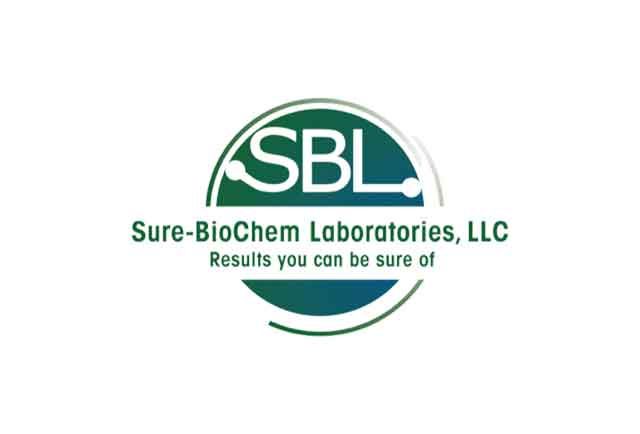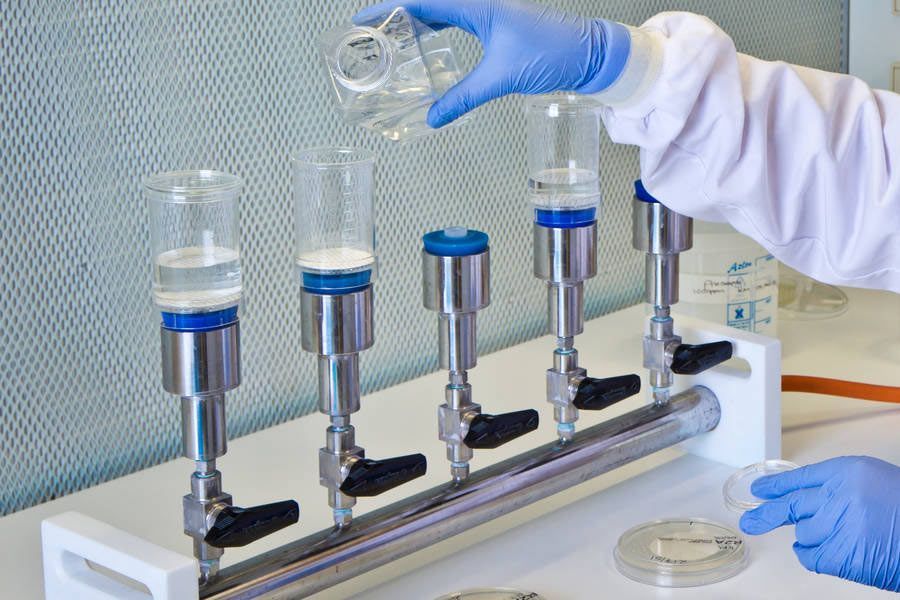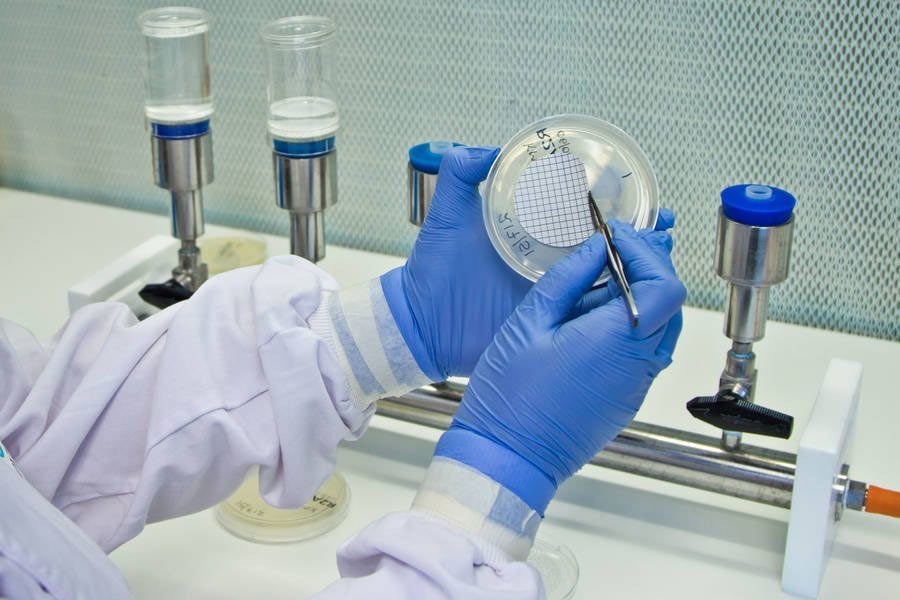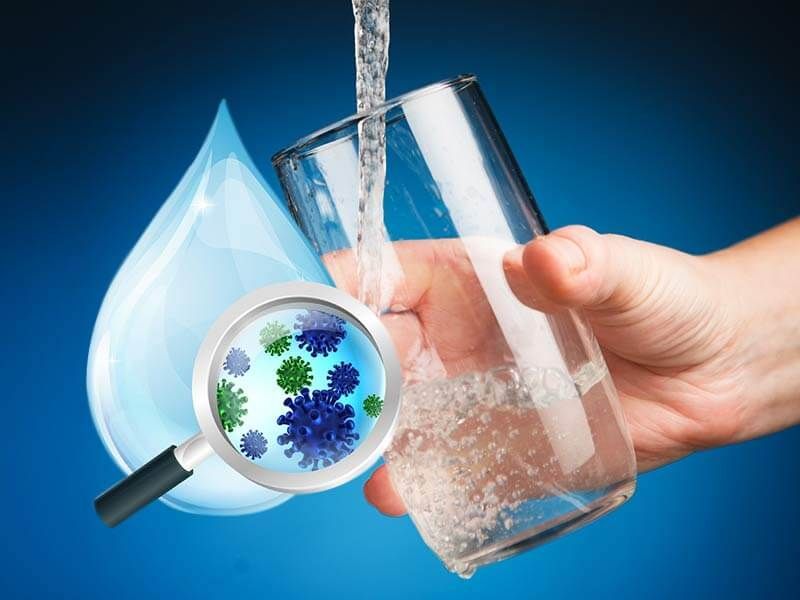Understanding Heterotrophic Plate Count (HPC) in Process Water: A Key to Quality Assurance
In the world of water quality and safety, monitoring microbial contamination is paramount. One crucial tool in this effort is the Heterotrophic Plate Count (HPC) method. This method is especially valuable when it comes to process water, which is used in various industrial applications, including pharmaceuticals, food production, and more. In this blog, we'll dive into what HPC is, why it matters, and how it plays a vital role in ensuring the quality and safety of process water.
Heterotrophic Plate Count , often abbreviated as HPC, is a microbiological testing method used to estimate the total count of aerobic heterotrophic bacteria in water. These are organisms that rely on organic carbon as their energy source. HPC is a broad measure that encompasses a wide range of microorganisms, including bacteria, yeasts, and molds. The test involves plating a sample of water onto a solid growth medium, which provides nutrients for the bacteria to grow and form visible colonies.
- Quality Assurance: Maintaining the quality of process water is critical in industries like pharmaceuticals and food production. Elevated HPC levels can indicate potential contamination, which may affect product quality and safety.
- Health and Safety: For industries where processed water comes into contact with products or is used for cleaning and sanitizing, high HPC counts can pose health risks to consumers or workers.
- Regulatory Compliance: Regulatory bodies often set specific HPC limits for process water in various industries. Adhering to these limits is essential to ensure compliance and avoid regulatory issues.
The test involves the following steps.
- Sample Collection : A representative sample of process water is collected using a sterile container.
- Sample Incubation: The sample is spread evenly over a solid agar medium in a petri dish. This medium contains nutrients that support bacterial growth.
- Incubation: The petri dishes are then incubated at a controlled temperature (usually 35°C) for a specific period, typically 48 hours.
- Counting Colonies: After incubation, colonies of bacteria that have grown on the agar plates are counted. The results are reported as Colony-Forming Units per milliliter (CFU/ml) of water.
Interpreting HPC results can be complex and depends on various factors, including industry-specific regulations and the type of process water being tested. In general, lower HPC counts indicate better water quality and lower microbial contamination. Elevated counts may require further investigation and corrective action.
Heterotrophic Plate Count (HPC) is a valuable tool for assessing the microbial quality of process water in industries where water quality is critical for product quality, safety, and regulatory compliance. Regular monitoring and interpretation of HPC results help ensure that process water meets the necessary quality standards, ultimately safeguarding consumers and the integrity of industrial processes.

Need Our Help? Fill Out a Service Request Today!
We're here to assist you with all your needs. Please complete our service request form to ensure we provide the best possible service.
It's quick and easy—tell us a little about your request, and our team will reply promptly. We look forward to serving you!
Blog Contact Page






